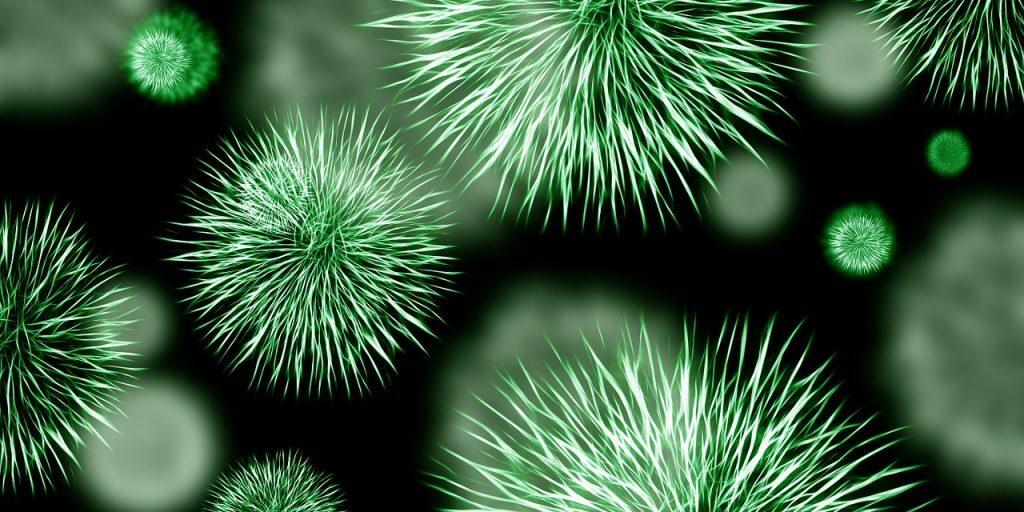When I started researching toxic household chemicals about a decade ago, one of the ingredients that sprang to my attention was triclosan. If you’ve read Gorgeously Green and/or many of my posts – you’ll know I’m not a fan of this chemical which is the predominately active ingredient in all “anti-bacterial” products. Since we’re coming into germ season in as far as nasty cold/flue viruses go, I thought I’d get to the bottom of why I don’t like this synthetic chemical:
Triclosan (try-clo-zan) is a broad spectrum antimicrobial agent, which has some pretty worrying health and environmental effects including skin irritation, allergy susceptibility, antibiotic resistance, dioxin contamination and destruction of our fragile ecosystem.
It’s become so ubiquitous in common household products that it’s hard to do a shop without getting some of it. It’s in toothpastes, deodorants, hand soaps, cosmetics, toys, clothes and even computer keyboards. We are a germ-phobic culture and the advertisers know it! We’ll always reach for the “antibacterial” because why not get the added value?
The big problems for me are that the use of triclosan is so widespread that the bacteria are becoming resistant to it – this is dangerous for people with compromised immune systems who really need it. 40 years ago triclosan was first used in hospitals and did the job it was supposed to, however, it might become useless soon because the germs are finding their way around it.
We actually don’t need all this intense antibacterial action. It’s even been found that kids who were raised in super sterile environments were more likely to get allergies, asthma and eczema because their immune systems weren’t challenged to grow. A study was done on 200 households who used triclosan products and absolutely no reduced risk for symptoms of viral infections were found.
Triclosan is absorbed into the body and stored in our fatty tissue. It interferes with the body’s thyroid hormone and has a hypothermic effect, meaning that it lowers body temperature. It also depresses the nervous system.
Dioxin contamination is a big concern because dioxin is carcinogenic, weakens the immune system, alters sex hormones and causes birth defects. Triclosan is contaminated with dioxin. It’s formed during the manufacturing process and when triclosan is incinerated. Up to 12 % of triclosan is converted to dioxin in water – so there is a problem in water treatment plants where tainted water can turn triclosan into highly toxic forms of dioxin.
So there you have it. You don’t need antibacterial products. You’d be much better off buying a huge bottle of tea tree oil this winter. Just get a large sprayer, fill with 2 cups of distilled water, 1/4 cup of vodka and 40 drops of tea tree oil.
If you really want antibacterial products, check out Clean Well and Method Home.




Will any cheap vodka do?
yes – cheap is good!
Sophie,
Thanks for all the info. I am having trouble trying to convince my husband that I can clean the house just as effectively and kill the germs with natural substances (vinegar, oils, lemon juice, etc.) that won’t be toxic to our health. Please explain this to him. How do these natural cleaners stand up compared to the toxic cocktail we are so used to? …aside from not causing cancer and asthma.